The book presents a three-part study of the new geo-economic model of growth in Asia, namely, subregional cooperation. Part I deals with ASEAN growth triangle, with the hindsight of similar efforts in Southern China. Conceptually, it views ASEAN’s model for subregional growth as modified structuralism that is supported by appropriate vision and followed by serious efforts to make operational a blueprint of action towards cooperative security/interdependent development. As the findings in part II of the book suggest, subregional effort in South Asia lacked the necessary conceptual elements to serve as guidepost either as a model or offer any coherent plan of action to replicate growth effort in South-East Asia. Official launching of South Asian Growth Quadrangle (SAGQ) appeared more as a tool of political fanfare than a growth mechanism, the private sector seems still unimpressed, and the multilateral donor agencies have been sidelined. The policy recommendations in part III of the book include the framework for a conceptual model, to be supported by a coherent plan of action for both subregional and regional development, that would draw both the private sector as an engine of growth and the multilateral donors as supportive agencies.
Subregionalism in Asia: ASEAN and SAARC Experiences
In stock
Free & Quick Delivery Worldwide
Bibliographic information
Title
Subregionalism in Asia: ASEAN and SAARC Experiences
Author
Edition
1st ed.
Publisher
ISBN
9789840516179
Length
xx+254p., Tables; Figures; Maps; Notes; References; Index; 23cm.
Subjects

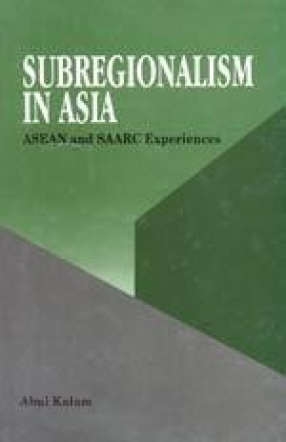
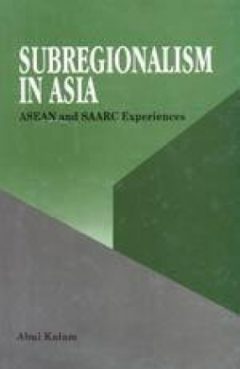
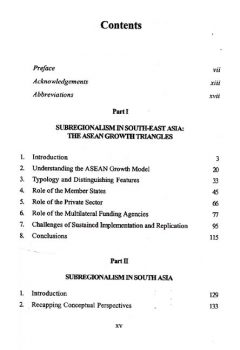
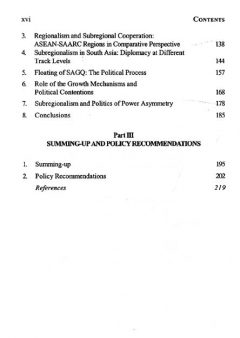


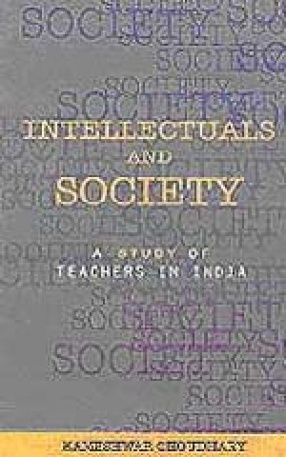
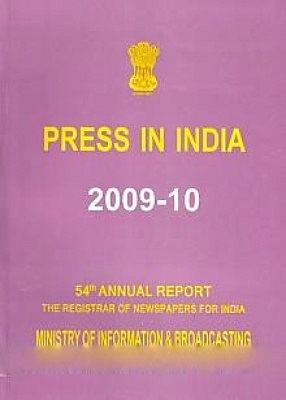
There are no reviews yet.